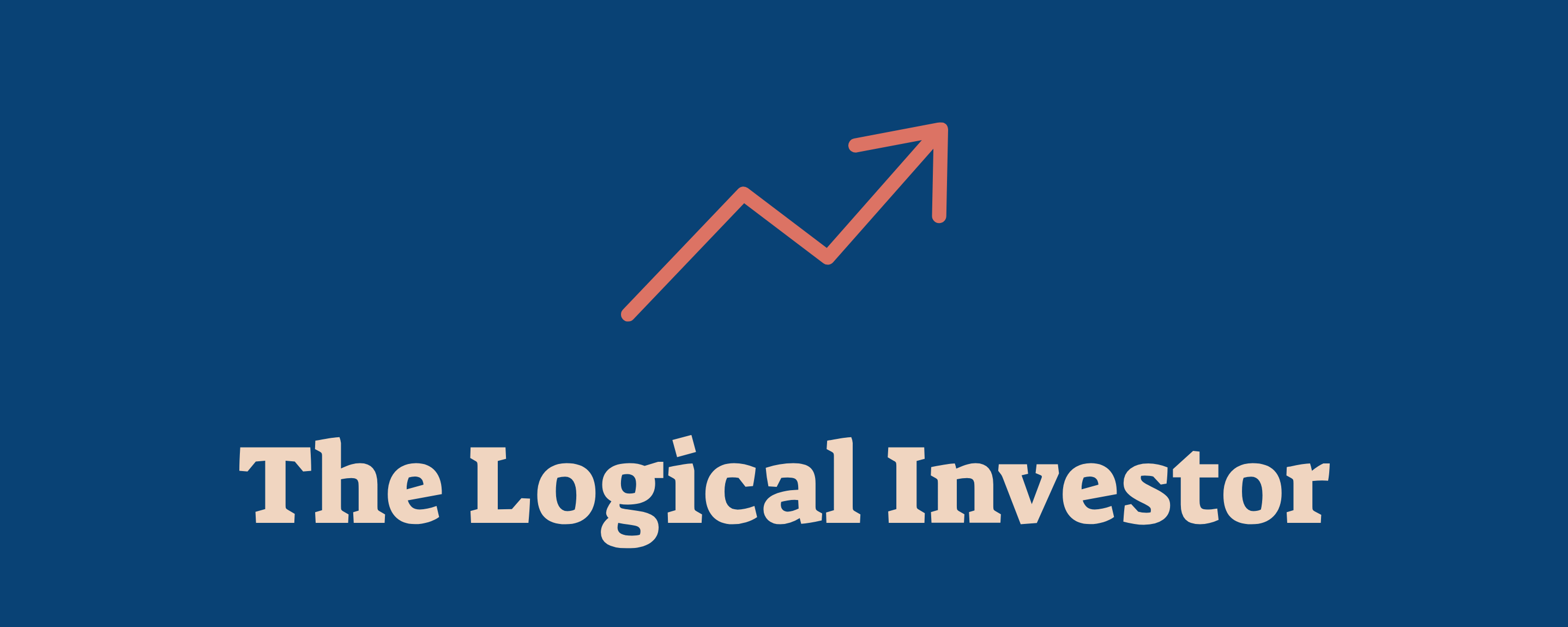How To Start Investing In Property In Australia
Last Updated on 27 January 2024 by Ryan Oldnall
Are you considering buying an investment property but don’t know where to start? Here are 10 quick steps to help you on your real estate investing journey, based on my personal experience of buying my first investment property at age 30.
Australian real estate investing has some significant advantages in terms of both generating a passive income as well as generating capital growth. Real estate investing for beginners can seem daunting, therefore it is important to follow these steps and seek financial guidance where needed.

Step 1: Assess Your Financial Position
Start by understanding your financial position and what you can afford. Consider the upfront costs associated with property investing, such as stamp duty and lenders mortgage insurance (LMI).
Step 2: Create a Budget
Create a detailed budget of all your household expenses, including discretionary spending. Analyse your bank statements to identify your regular costs and average out any fluctuating expenses.
Step 3: Calculate Your Usable Equity
Using home equity to buy an investment property involves accessing the usable equity in your current property. Usable equity is calculated by subtracting the 20% of the property value that is unusable from the total equity.
For example, if your property is worth $700,000 with an outstanding loan of $400,000, the unusable equity would be $140,000 (20% x $700,000).
Subtracting this from the total equity gives you $560,000 ($700,000 – $140,000). After deducting the outstanding loan amount, you have $160,000 of usable equity available.
Step 4: Define Your Investing Goals
Identify your investing goals, such as building generational wealth or generating a passive income. Understanding your motivation will help you develop a property purchasing strategy.
Step 5: Research Property Markets
Research property markets to identify potential investment opportunities. Look for areas with high growth potential and consider the long-term outlook for the property market.
Step 6: Determine Your Investment Strategy
Develop an investment strategy that aligns with your goals and budget. Consider factors such as property type, location, and potential rental income.
Step 7: Consult with Professionals
Seek advice from professionals such as mortgage brokers, accountants, and network with real estate agents. Their expertise can help you make informed decisions regarding your purchase.
Step 8: Conduct Due Diligence
Conduct thorough due diligence on any potential investments. This may include reviewing property reports, analysing market trends, and assessing potential rental income.
Step 9: Secure Finance
Secure finance by applying for a loan and arranging any necessary insurance policies. Ensure you have a clear understanding of all associated costs and fees.
Step 10: Purchase Your Investment Property
Finally, purchase your investment property and start your journey as a property investor. Monitor your investment regularly and be prepared to adjust your strategy as needed.
Remember, property investing is a long-term strategy that requires careful planning and research.
For a more in-depth look at investing in property read my Buying an Investment Property In Australia article and How To Buy Investment Property with Equity.






